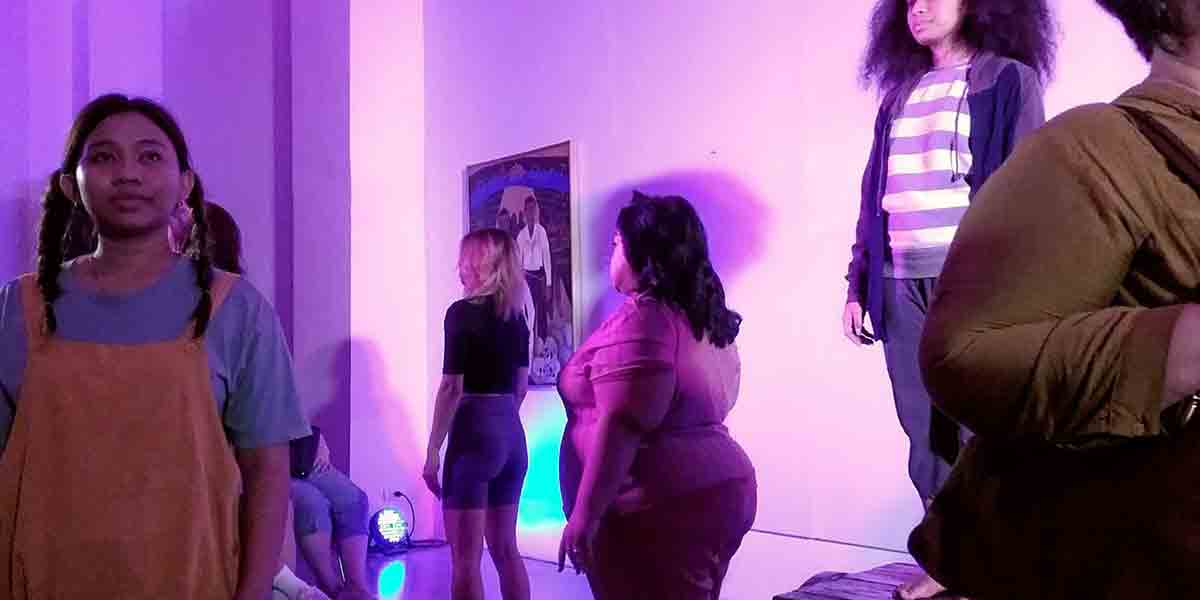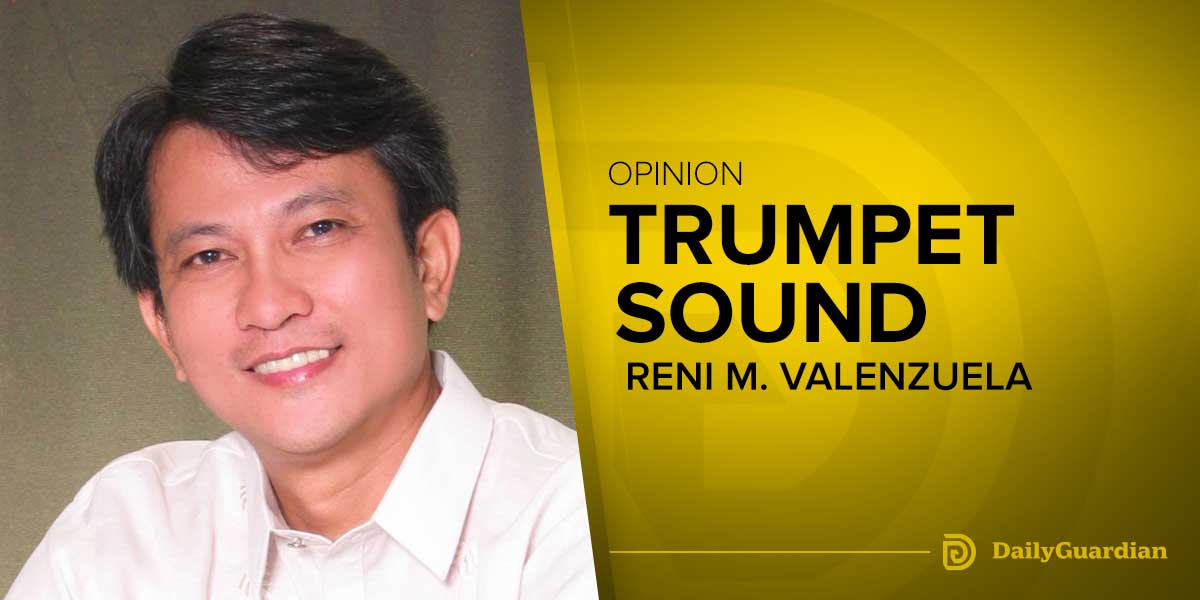By Herman M. Lagon
Rom Dongeto’s “Tatsulok” was performed by Buklod in the late 1980s, Bamboo in the 2000s, and Ben&Ben in the 2020s. This song’s timeless appeal is due to its powerful message and cross-era appeal. “Tatsulok” criticizes the socio-political pyramid, in which the rich get richer, and the poor get poorer, which is disturbingly relevant until today.
The song begins with “Totoy, bilisan mo, bilisan mo ang takbo / Ilagan ang mga bombang nakatutok sa ulo mo,” setting the tone for urgency and danger. Totoy, the symbol of the masses, should avoid the literal and metaphorical bombs that threaten him. These lines capture the harsh realities of many Filipinos caught in socio-political turmoil. The current struggles of people in conflict zones in the country reflect this imagery.
The lyrics “Totoy, makinig ka, ‘wag nang magpagabi / Baka pagkamalan pa’t humandusay diyan sa tabi” warn the listener. Curfews and state violence were common during martial law and continue today in different forms and ways. The fear of being mistaken for a rebel or criminal for being out at night persists. Totoy is advised on physical survival and navigating a society that favors the powerful.
A memorable line from the song is “Hindi pula’t dilaw ang tunay na magkalaban / Ang kulay at tatak ay ‘di siyang dahilan.” Dongeto cuts through partisan politics to show that the conflict is between oppressed and oppressors. In the current political climate, political colors often obscure inequality and injustice. The call is to look beyond the surface battles and address the root causes of social unrest.
The song emphasizes this with “Hangga’t marami ang lugmok sa kahirapan / At ang hustisya ay para lang sa mayaman.” These lines emphasize wealth and justice disparity in our country, where poverty and corruption are widespread. The portrayal of a justice system that favors the rich starkly highlights a society that has failed its most vulnerable members. This critique is painfully authentic, as the poor frequently have minimal legal and financial recourse.
“Habang may tatsulok at sila ang nasa tuktok / Hindi matatapos itong gulo” is the song’s message. The pyramid, with the elite at the top and the masses at the bottom, represents conflict-causing inequality. The only solution, according to the song, is to invert this pyramid and move society to empower the oppressed. Overturning the status quo is radical and ambitious but necessary for genuine equity and peace.
Concrete examples can demonstrate these themes. Filipino farmers are a prime example. They are the backbone of the country’s agriculture, but many are poor and exploited. Agrarian reforms have failed, leaving land ownership in a few hands. This reflects the “tatsulok” structure, where the poor struggle while the rich thrive.
Another example is Manila’s urban poor. Development projects for the wealthy threaten informal settlers with eviction. These communities are unstable, like Totoy, running from metaphorical bombs due to a lack of affordable housing and job insecurity.
The song’s themes include labor rights. Many workers are plagued by unfair labor, low wages, limited choices, and unsafe conditions. Corporate power often opposes unionization and better treatment, illustrating the powerless versus the powerful.
Our indigenous peoples also struggle. Government-approved mining and logging displaces them from their ancestral lands. Policies that prioritize profit over people reinforce resource inequality and cause this displacement.
Finally, these themes affect activists, journalists, and political oppositions. Speaking out against corruption and abuse often leads to extrajudicial killings and harassment. This modern persecution of dissenters continues the issues “Tatsulok” addresses, where justice and freedom are granted to some but not all.
Rom Dongeto’s “Tatsulok” is a timeless call to action, not just a protest song. Bamboo revived its powerful message for a new generation, but its issues remain unresolved. The socio-political pyramid, with the elite at the top and the masses at the bottom, will reproduce conflicts and injustices. The song’s longevity shows its relevance and urgency in addressing systemic inequalities.
“Tatsulok” resonates across generations and social classes, making it an essential anthem for change. It shows that oppression persists despite power shifts. The song urges us to move beyond political divisions to address inequality and injustice. We can only achieve true justice and peace by inverting the pyramid and distributing resources, opportunities, and power fairly.
***
Doc H fondly describes himself as a ”student of and for life” who, like many others, aspires to a life-giving and why-driven world grounded in social justice and the pursuit of happiness. His views do not necessarily reflect those of the institutions he is employed or connected with.

























